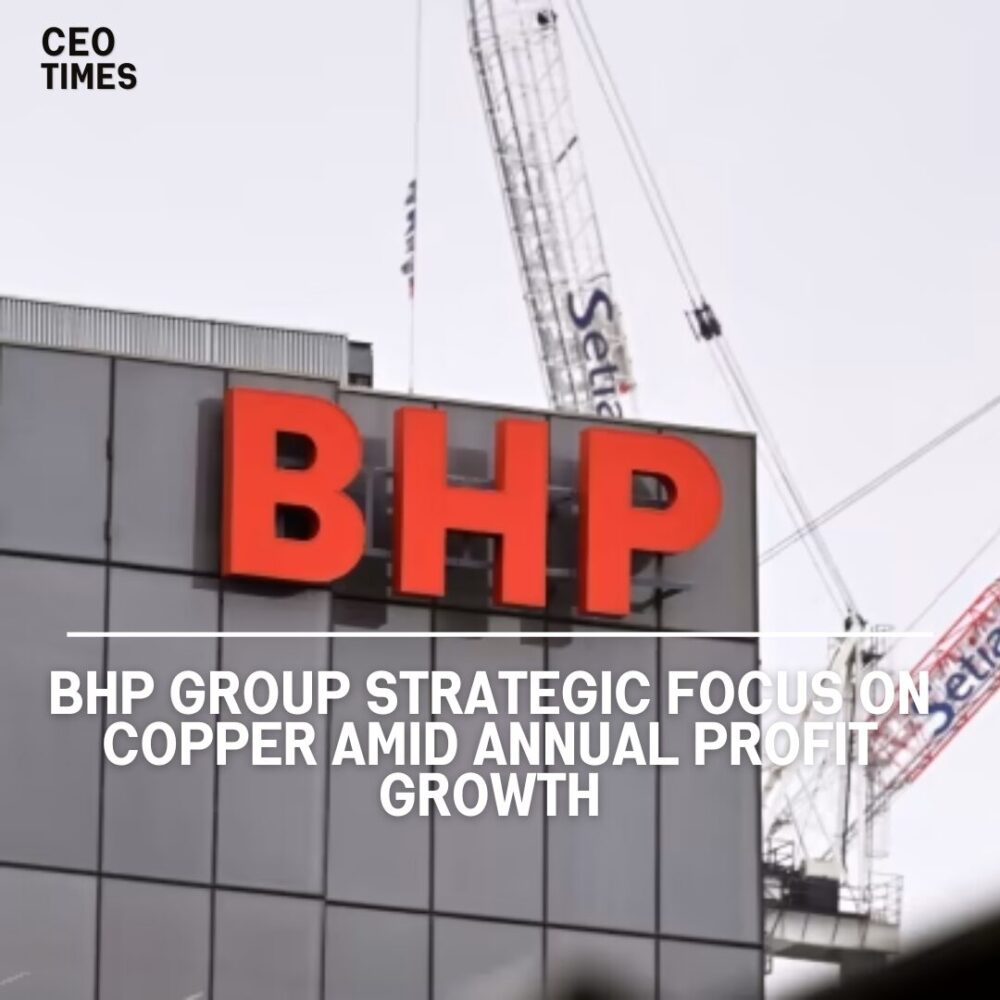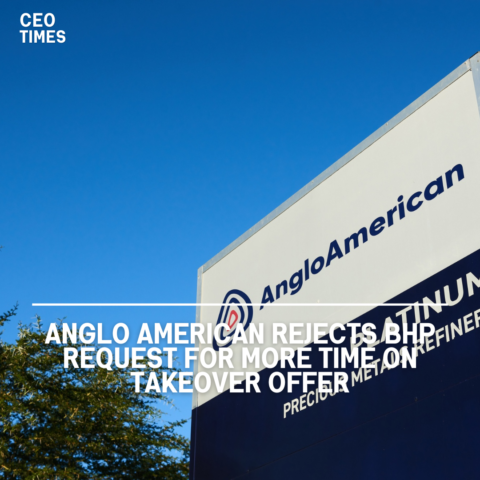After its unsuccessful attempt to acquire Anglo American, BHP Group has indicated a strong commitment to expanding its copper business through existing and forthcoming projects.
The company reported a better-than-expected 2% rise in annual underlying profit, highlighting its strategic shift towards copper amid changing market dynamics.
Emphasis on Copper Amid Energy Transition:
As the world’s largest publicly listed miner, BHP is making significant strides to enhance its copper operations. This move is driven by the increasing importance of copper in energy transition technologies and a challenging outlook for its primary revenue source, iron ore, particularly due to a slowdown in China’s economic growth and rising supply levels.
In May, BHP withdrew its $49 billion bid for Anglo American, which would have substantially bolstered its copper business. BHP CEO Mike Henry clarified that the acquisition was not “Plan A,” emphasizing a focus on the company’s existing projects and growth avenues as outlined in their recent results.
Positive Financial Performance:
BHP unveiled detailed capital expenditure and growth plans in key copper production areas, including Chile, South Australia, and Argentina. The company reported an underlying attributable profit of $13.66 billion for the year ending June 30, exceeding the Visible Alpha consensus of $13.26 billion and surpassing last year’s profit of $13.42 billion. This was despite a $5.7 billion hit from impairments related to its nickel operations and the 2015 Samarco dam collapse in Brazil.
Following the announcement, BHP shares rose approximately 2% in early trading, outperforming the flat Australian benchmark index.
Plans for Future Copper Production:
Copper currently accounts for about 30% of BHP’s profits, a proportion that is expected to increase. The company is exploring options to enhance copper production in South Australia to exceed 500,000 metric tons annually by the early 2030s, up from 322,000 tons produced in the last financial year.
Last month, BHP announced a joint partnership with Canada’s Lundin Mining to acquire Filo Corp for $4.5 billion ($3.25 billion) to boost its copper projects near the Argentine-Chilean border.
Strategic Flexibility and Financial Health:
BHP’s current strategy is also influenced by regulatory limitations, preventing it from making another offer for Anglo-American until November if it chooses to pursue the acquisition again. CEO Henry indicated that BHP has no interest in separately acquiring Anglo’s coking coal assets. The company maintained flexibility in its balance sheet, stating, “We are comfortable to move above our net debt target temporarily to execute value-accretive opportunities in the portfolio.”
As of June 30, BHP’s net debt stood at $9.1 billion, approximately in the middle of its target range of $5 billion to $15 billion.
Sustained Profitability from Iron Ore Production:
BHP’s profitability was supported by record iron ore output for the second consecutive year and resilient prices, effectively counterbalancing weak coal prices and the sales of two coal mines. Looking ahead, the outlook for iron ore production in the current financial year will depend on the effectiveness of Chinese economic policies in stabilizing its struggling property sector and Beijing’s regulations on steel production.
BHP has declared an interim dividend of 74 cents per share, resulting in a full-year dividend of $1.46. While this represents the lowest full-year dividend since the 2020 financial year, it remains among the top four dividends declared in BHP’s history, underscoring the miner’s commitment to returning value to shareholders despite ongoing market challenges.



















